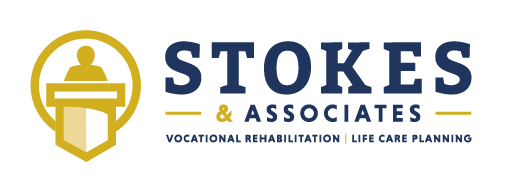Life Care Plan Considerations for Headache and Migraine Management
Managing migraine headaches, whether due to post-concussive syndrome or other causes, often requires a long-term approach supported by a well-structured life care plan. Migraines are recurring neurological disorders characterized by moderate to severe throbbing pain, typically on one side of the head. Common symptoms include nausea, vomiting, dizziness, visual disturbances, and heightened sensitivity to light, sound, and smell.
Some patients also experience a "migraine aura" before the onset of a headache, involving sensory changes such as flashing lights, ringing in the ears, or numbness and tingling, often on one side of the body—most commonly affecting the hand, arm, face, lips, or tongue. It is crucial to distinguish migraines from other headache types, such as tension-type, cluster, or rebound headaches, as each requires a unique treatment approach.
Key Considerations in Developing a Life Care Plan
When creating a life care plan for migraine management, collaboration with a neurologist or headache specialist is essential to ensure effective treatment recommendations. The field of headache medicine is constantly evolving, and available interventions may include:
Over-the-counter and prescription medications
Procedures and injections
Intravenous (IV) infusions
Wearable medical devices
Alternative therapies
Treatment Options
Medications
Over-the-counter and prescription medications are often the first line of defense. These may come in various forms, such as tablets, capsules, orally disintegrating tablets, liquids, nasal sprays, or powders. Injectable medications, such as Ajovy, Aimovig, and Emgality, are also widely used.Procedures and Injections
Interventions like occipital nerve blocks and Botox injections are commonly recommended for migraine and headache management.Intravenous Infusions
IV treatments, such as ketamine infusions, are gaining acceptance as effective options for managing chronic migraines.Wearable Devices
Devices like Nerivio, a remote electrical neuromodulation (REN) device, and other nerve stimulators are often prescribed after trial and error with more traditional methods.Alternative Therapies
Acupuncture has been shown to be a safe and effective complementary treatment for migraine relief.
Developing a Comprehensive Plan
To create an effective life care plan, life care planners should work closely with treating or consulting physicians or headache specialists. A thorough understanding of current treatment options and the patient's prognosis is essential to tailor a comprehensive, individualized plan that meets their specific needs.
